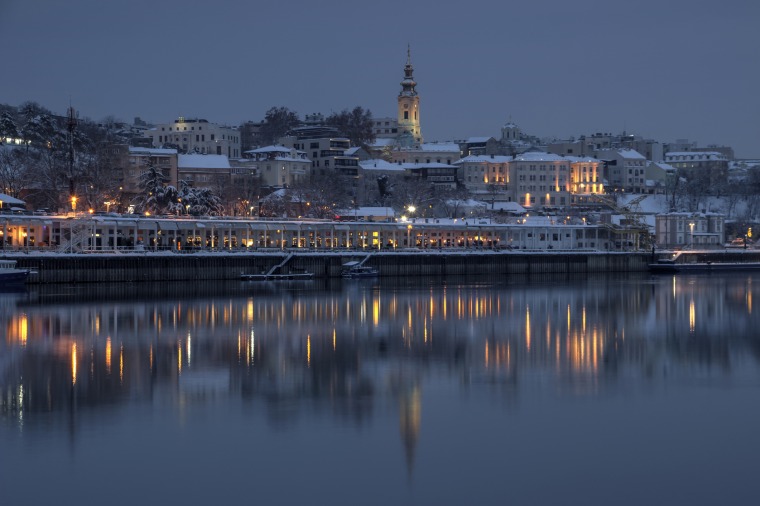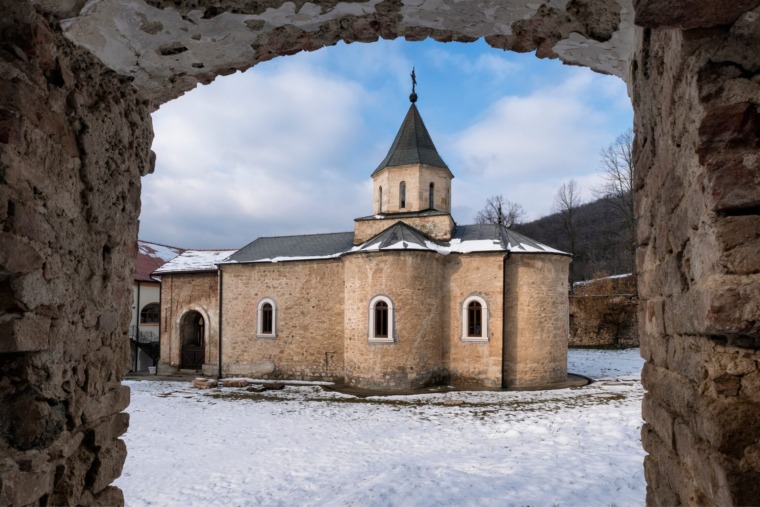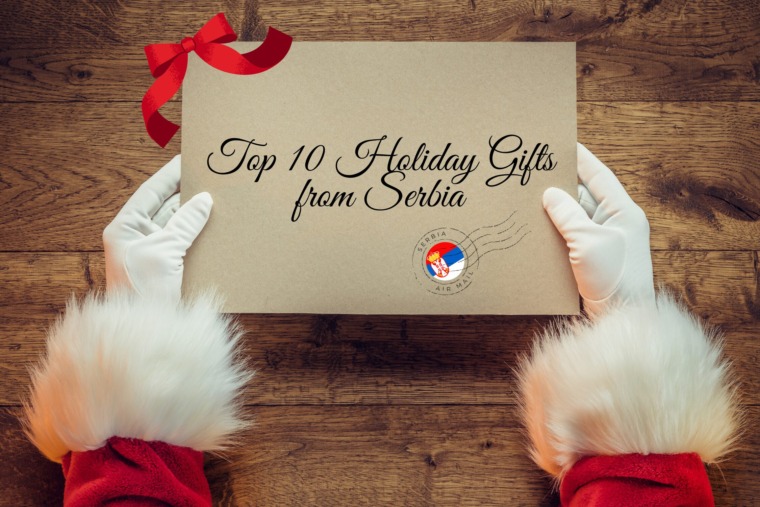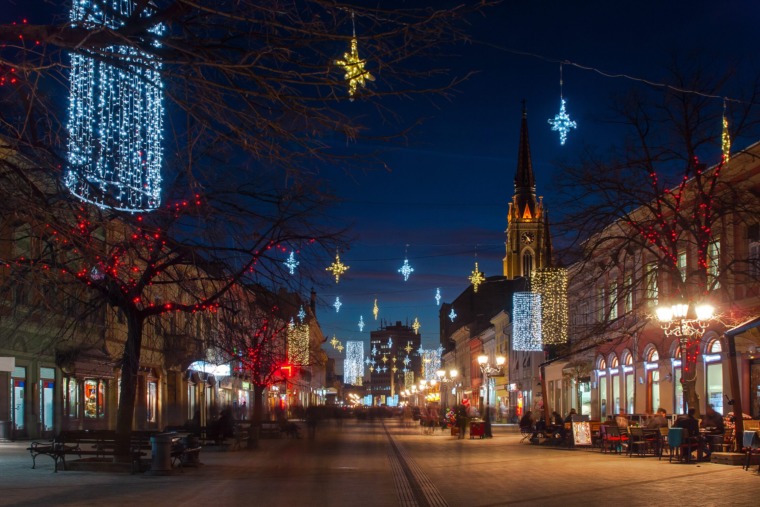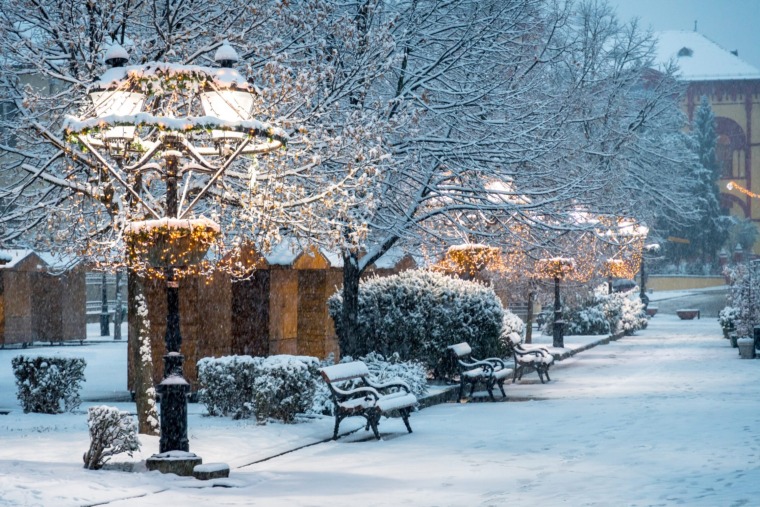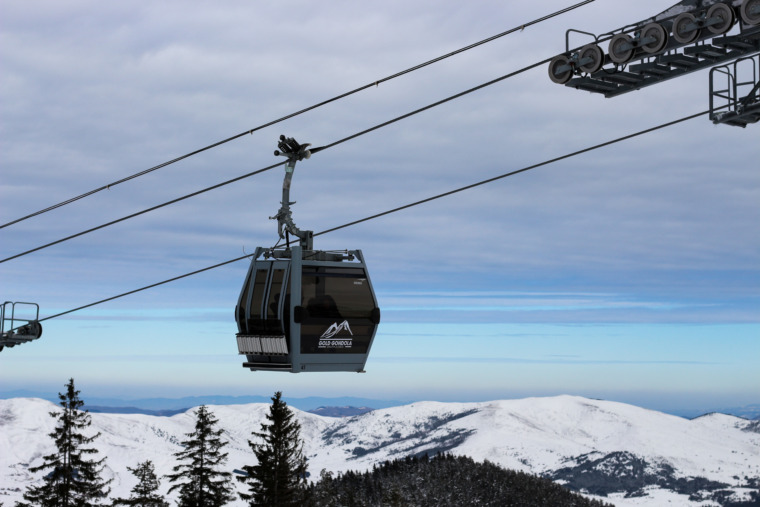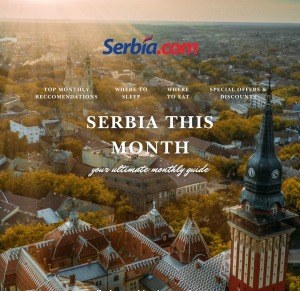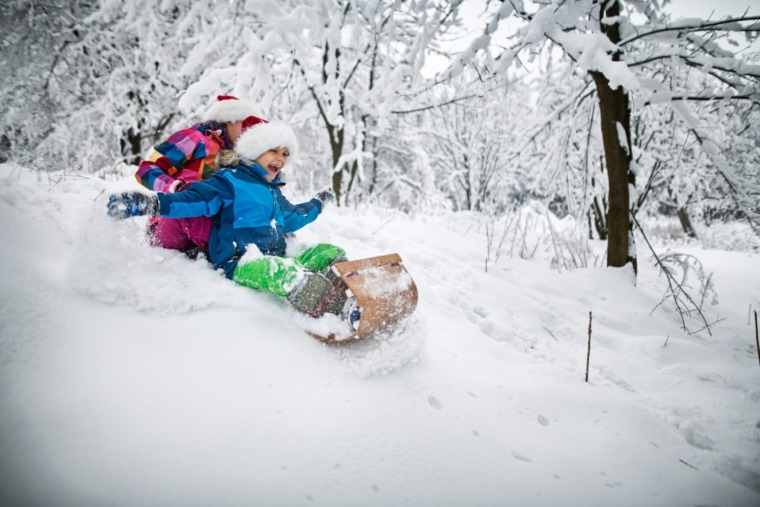
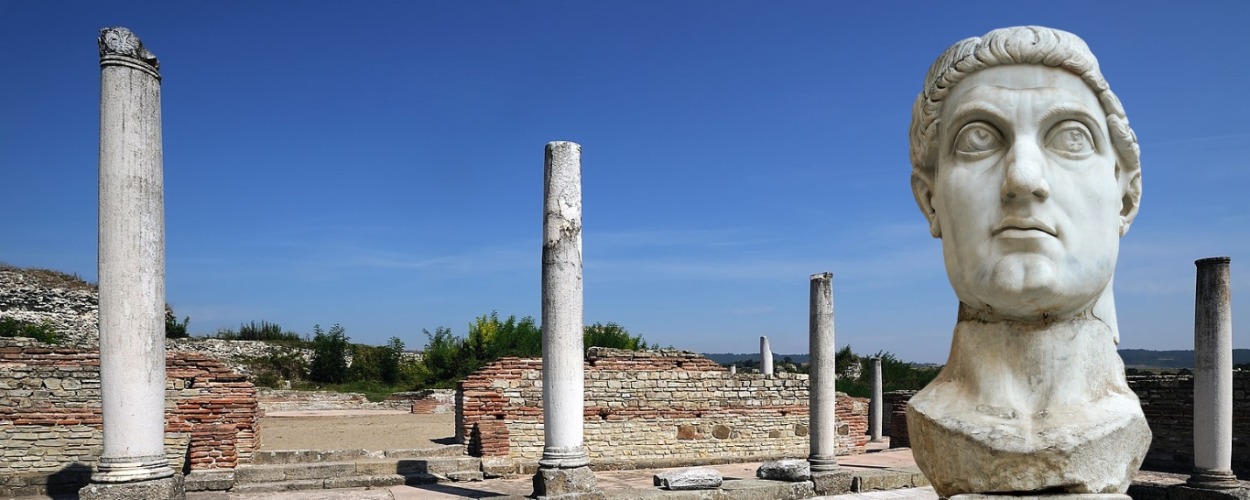
Did you know that 18 Roman emperors were born on the territory of modern-day Serbia—more than anywhere else outside of Italy? Serbia, often overlooked for its ancient past, is actually home to some of the most significant Roman archaeological sites in Europe. The Roman Emperors Route invites history lovers and cultural travelers to uncover ruins, imperial palaces, and roads once walked by emperors themselves.
Here’s your 5-day travel itinerary through Serbia’s rich Roman legacy.
Day 1: Belgrade – Singidunum and the Gateway to the Empire
Start in the capital, where the Sava and Danube meet. Ancient Singidunum, today’s Belgrade, was a Roman castrum (fortress) that grew into a bustling military settlement.
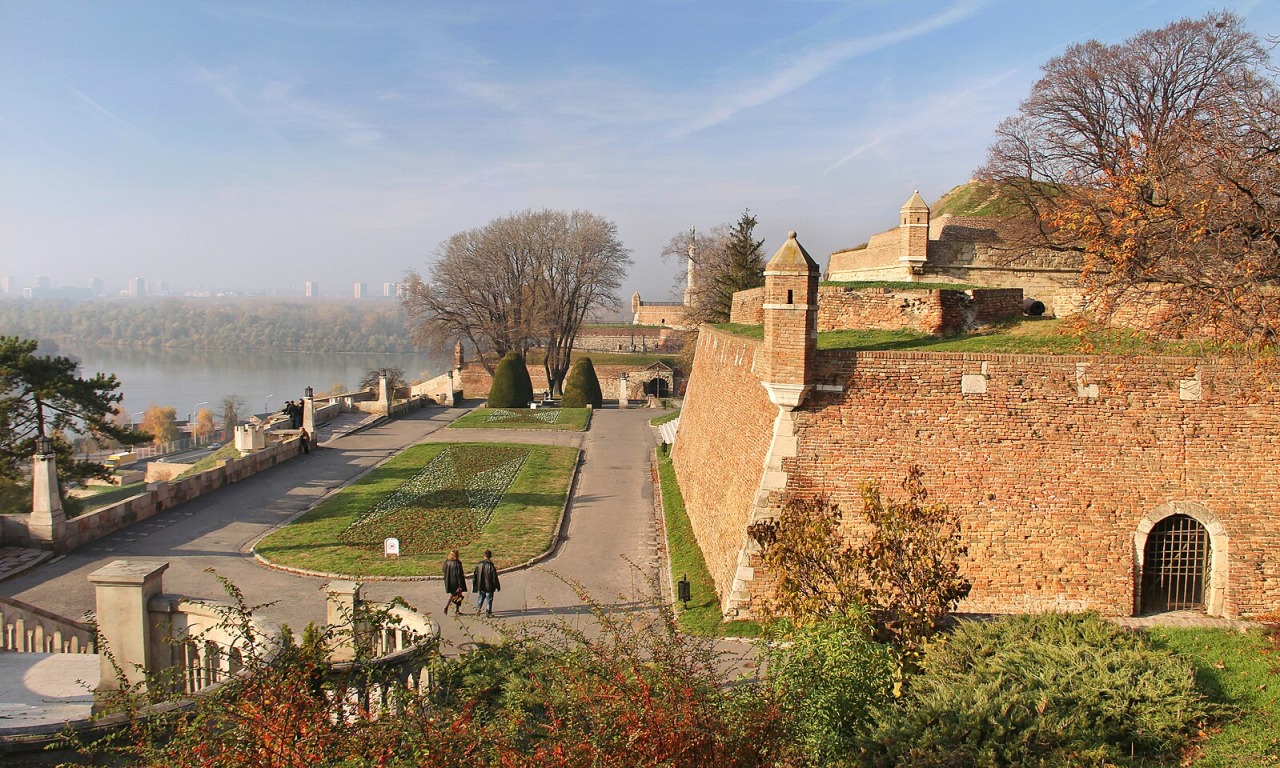
What to See:
- Kalemegdan Fortress – Built atop the Roman military camp.
- Belgrade Roman Hall – An underground chamber in the city center.
- National Museum – Houses Roman artifacts from all over Serbia.
Tip: Stay overnight in Belgrade and enjoy the riverside atmosphere—just like Roman generals once did.
Day 2: Sremska Mitrovica – Sirmium, One of the Four Capitals of the Empire
Drive (1.5 hrs) to Sremska Mitrovica, ancient Sirmium, once the capital of the entire Roman Empire and residence of several emperors.
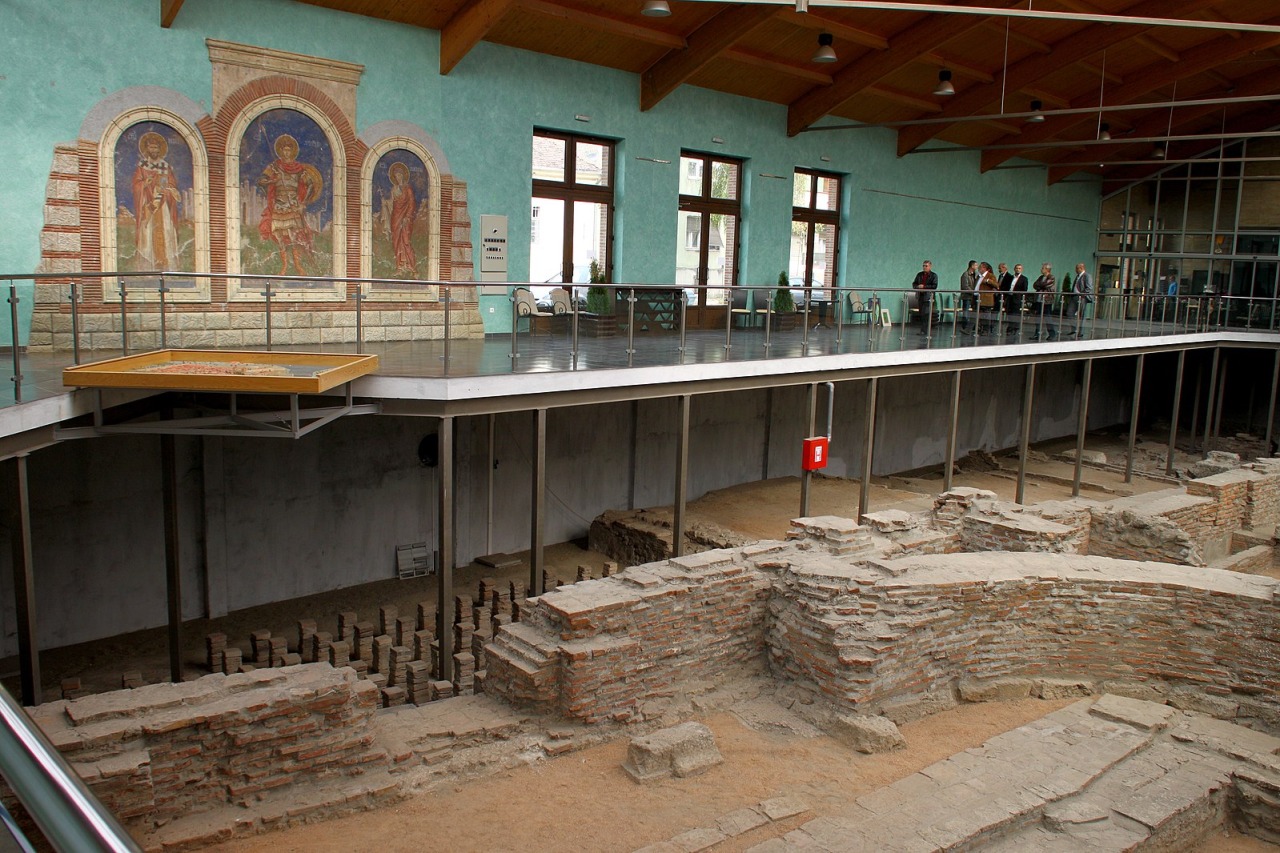
What to See:
- Imperial Palace of Sirmium – See the remains of an imperial complex.
- Museum of Srem – Features Roman mosaics, statues, and daily-use items.
- City Baths (Thermae) – Step into the past in these ancient ruins.
Fun Fact: Emperor Probus was born here and loved Sirmium’s wine!
Day 3: Šarkamen and Gamzigrad – Imperial Mausoleums and Palatial Ambitions
Drive south toward eastern Serbia, with a stop at Šarkamen near Negotin, where an imperial mausoleum was discovered, believed to be tied to the family of Emperor Maximinus Daia.
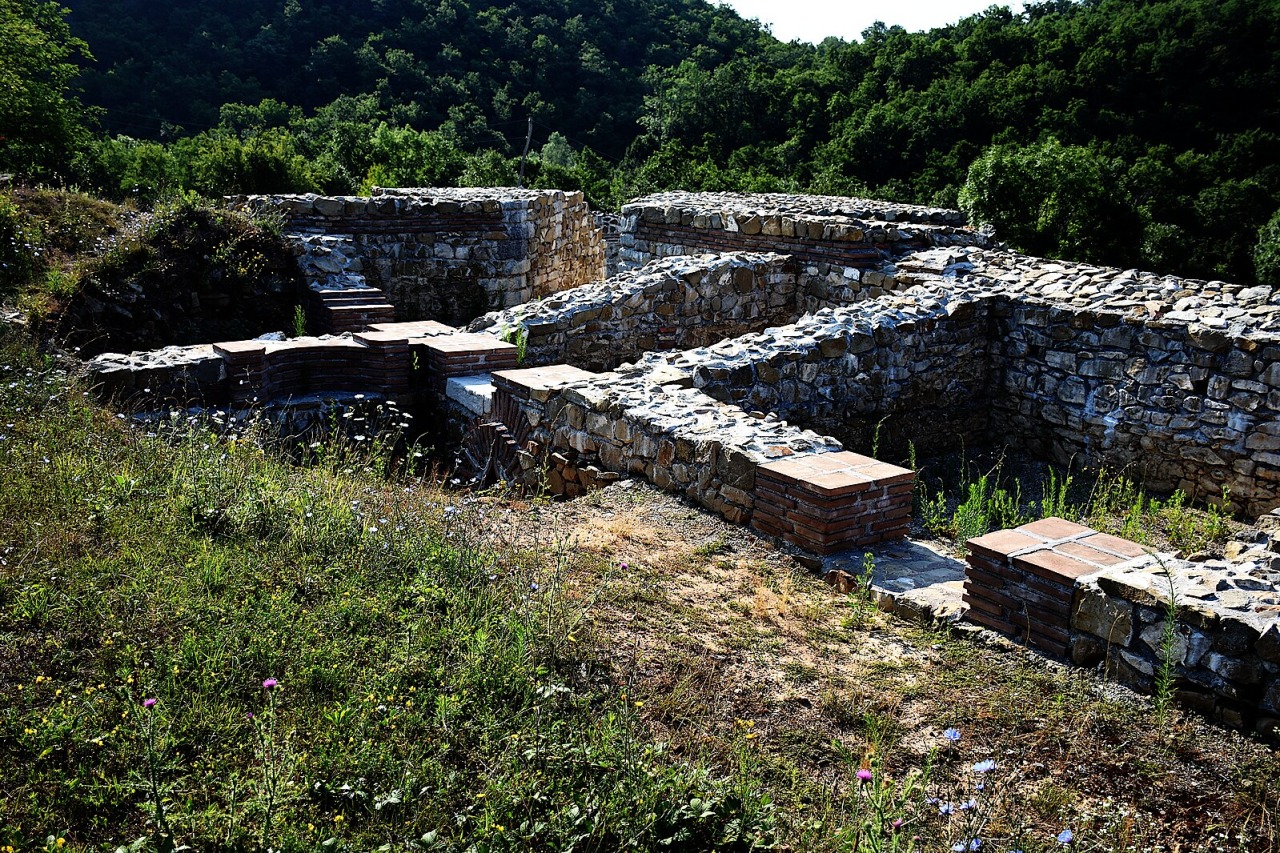
Then, continue to Gamzigrad near Zaječar.
What to See:
- Felix Romuliana – UNESCO World Heritage Site, a palace built by Emperor Galerius in honor of his mother Romula. It’s one of the best-preserved Roman complexes in Europe.
Don’t Miss: The majestic mosaics, temples, and octagonal throne room. Spend the night in Zaječar.
Day 4: Niš – Birthplace of Constantine the Great
Head to Niš, or ancient Naissus, the birthplace of Constantine the Great, the emperor who legalized Christianity.
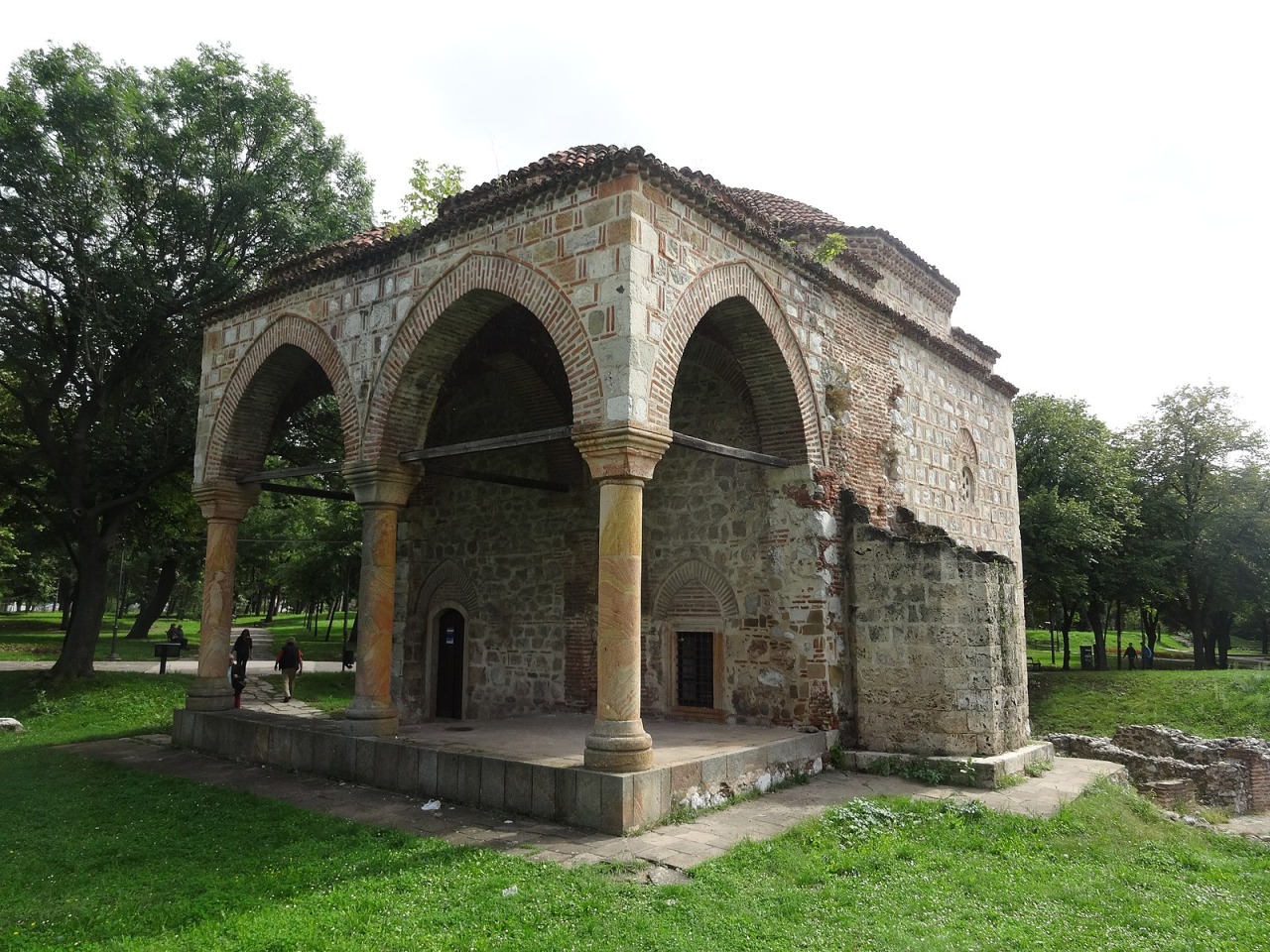
What to See:
- Mediana – A luxurious Roman villa built by Constantine.
- Niš Fortress – Later developed, but built on Roman foundations.
- Archaeological Hall of Niš National Museum – Filled with Roman finds.
Optional: Visit the nearby village of Čegar and the Skull Tower for more layers of Serbian history.
Day 5: Viminacium – City of the Dead and the Living
End your journey at Viminacium, a vast Roman city near modern-day Kostolac, once home to 40,000 inhabitants and a major military base.
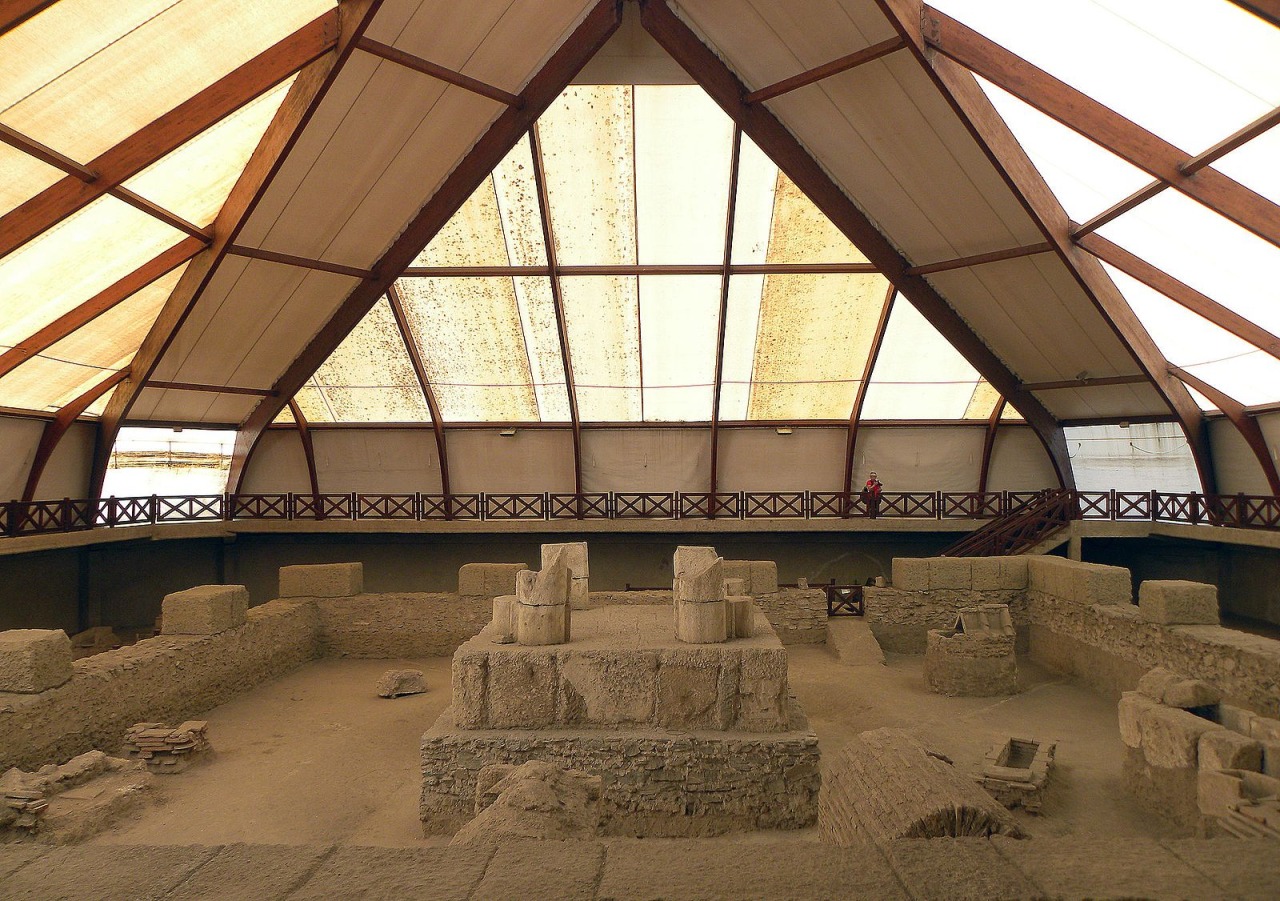
What to See:
- Excavated Roman Streets and amphitheater
- Roman Necropolis with gold masks, tombs, and frescoes
- Mammoth Park – Bonus: Visit the remains of a prehistoric mammoth found on site!
Guided tours make this stop highly interactive and ideal for both history lovers and families.
Bonus Stops (If You Have Extra Time):
- Ravna (Timacum Minus) – A military fort near Knjaževac.
- Caričin Grad (Justiniana Prima) – A 6th-century city founded by Emperor Justinian I, near Lebane.
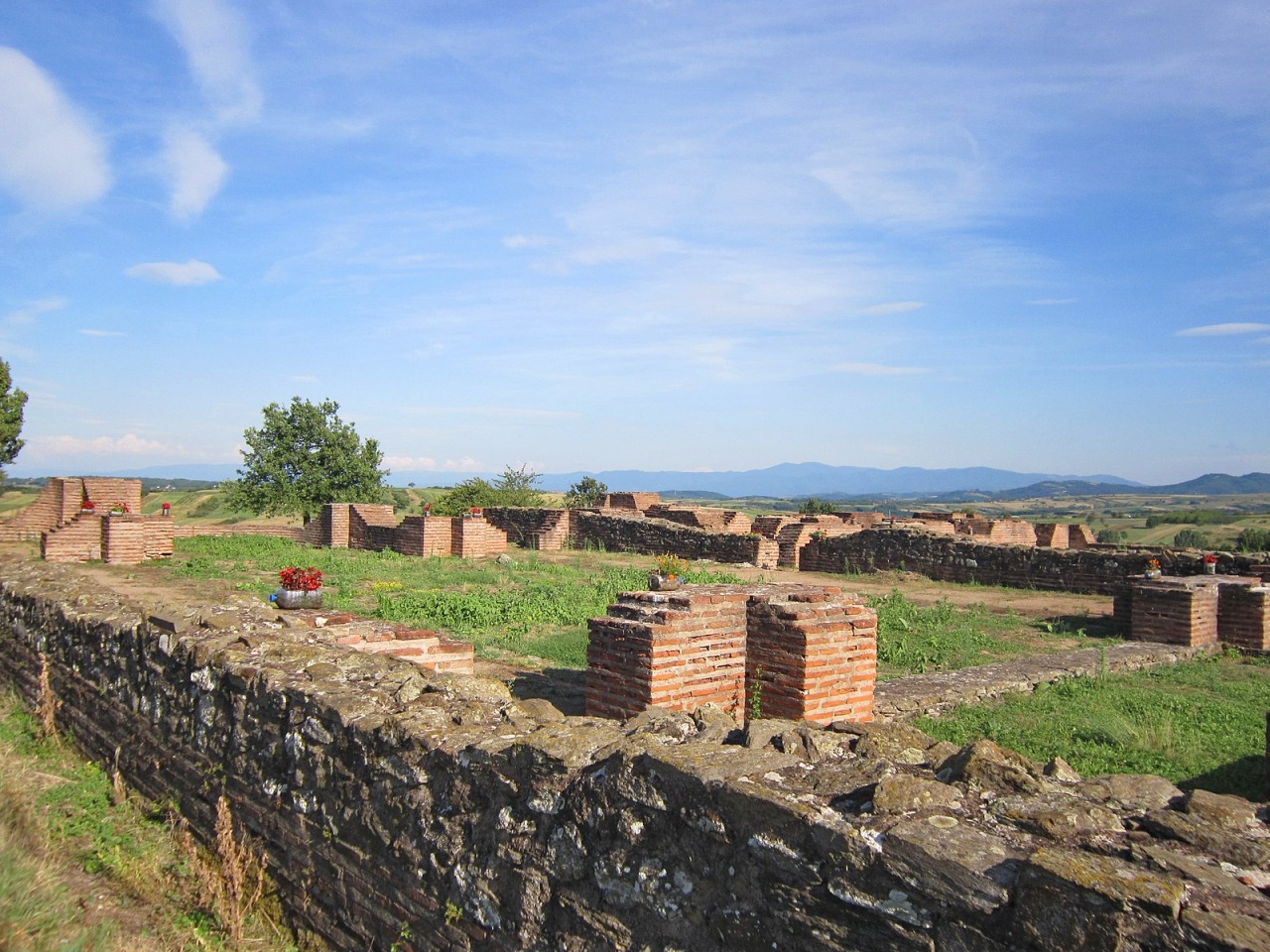
Travel Tips:
- Best Time to Go: Spring through early autumn (April–October).
- Transportation: Rent a car for flexibility; public transport is limited between smaller Roman sites.
- Language: English is spoken at most tourist points; signage often includes Latin names.
Walking With Emperors
From imperial palaces to hidden mausoleums, Serbia’s Roman Emperors Route connects the modern traveler with a forgotten but foundational piece of Europe’s history. Whether you’re an archaeology buff or a curious explorer, this route offers a powerful journey through time—along the paths once walked by emperors.
Related Articles

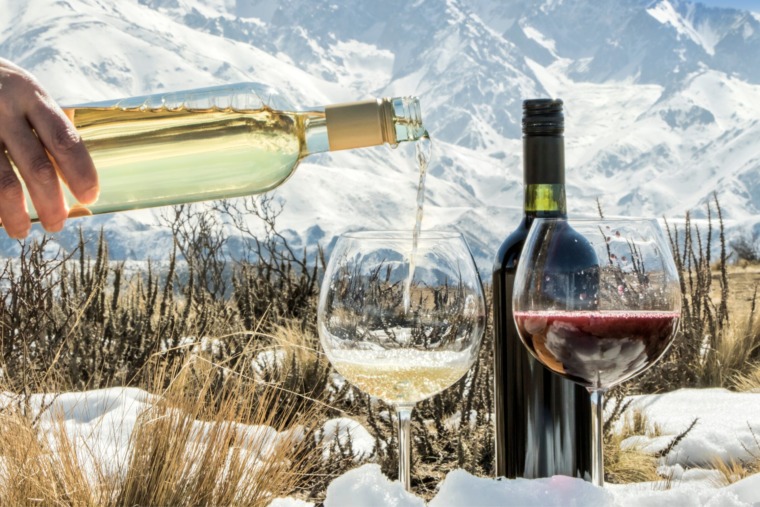
Winter Wine Escape: Serbia’s Most Beautiful Holiday Wineries
December 11, 2025